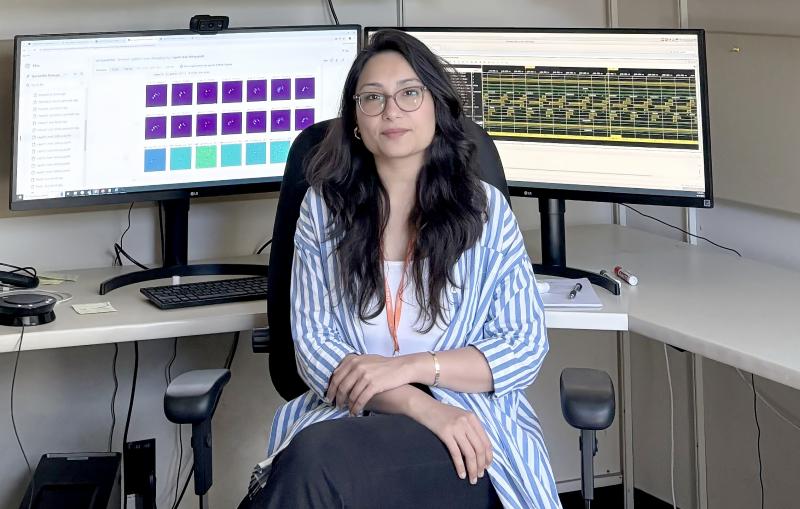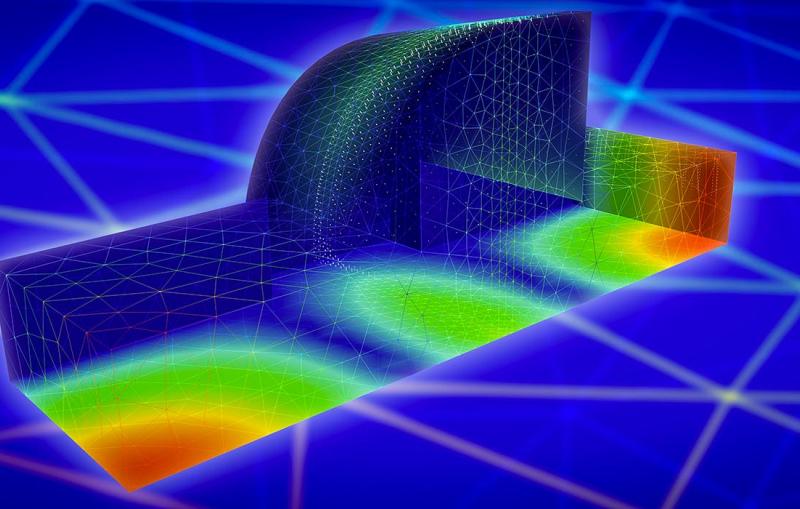News Feature
Oak Ridge National Laboratory
Standing up the nation’s supercomputing pipeline for streaming big data in real time




To address challenges associated with extremely large data volumes and rates, SLAC’s Computer science division works with Stanford and Silicon Valley partners on innovative computational solutions.
Related link:
New Technologies



